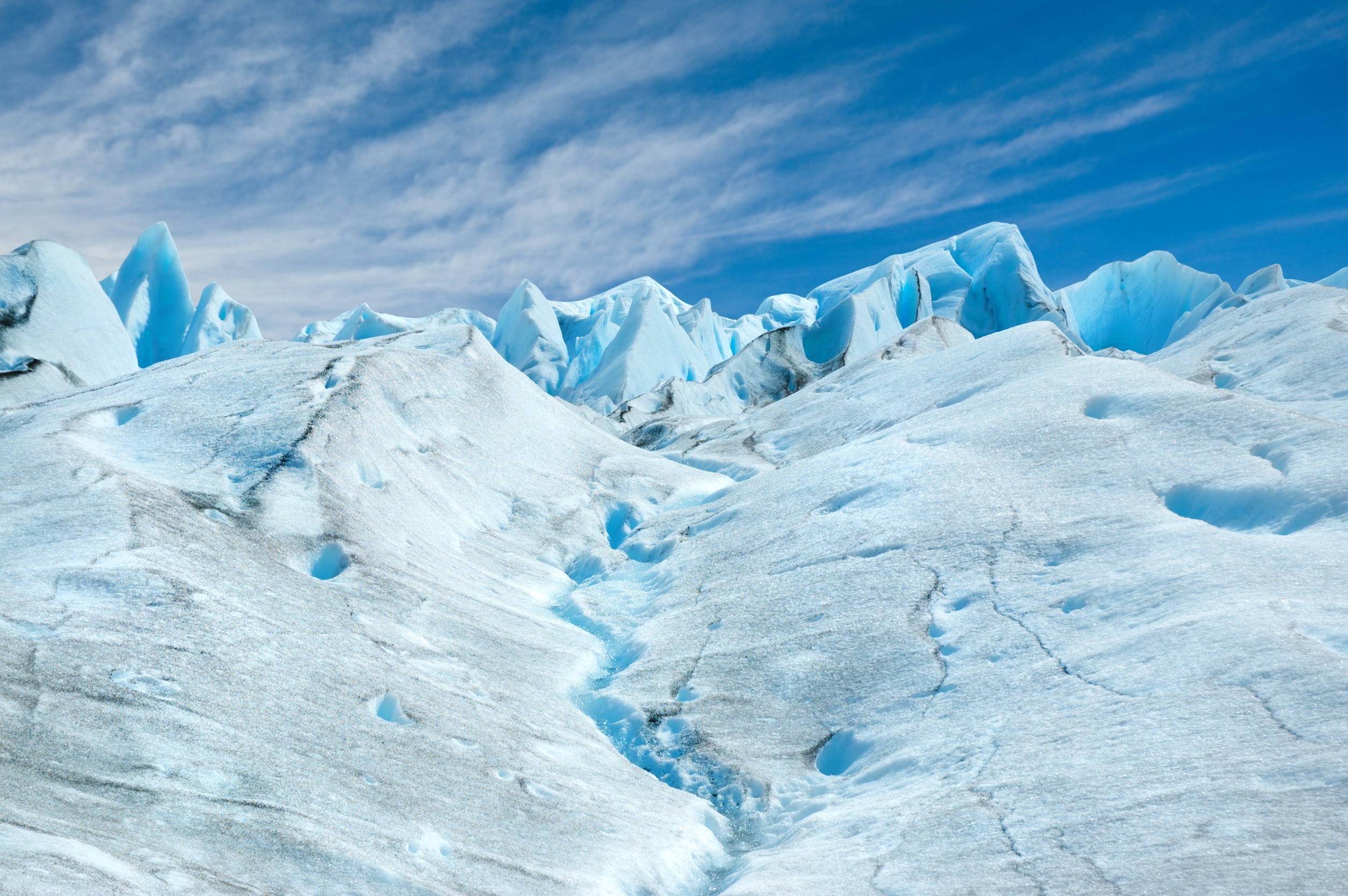BY THE OPTIMIST DAILY EDITORIAL TEAM
As the globe grapples with the growing effects of climate change, a fresh study from Antarctica has revealed alarming findings: the Thwaites Glacier, sometimes known as the “Doomsday Glacier,” is retreating at an unprecedented rate. The disintegration of this gigantic ice sheet, which is roughly the size of Great Britain, could cause a catastrophic rise in sea levels, endangering hundreds of millions of people worldwide. Despite this disturbing revelation, there is a ray of optimism in the Arctic, where scientists are investigating a new approach to thickening melting sea ice.
A bleak outlook for Antarctica’s Thwaites Glacier
A team of British and American scientists presented their most recent findings on the Thwaites Glacier at the British Antarctic Survey (BAS). The results were unsettling. Thwaites is one of the world’s largest and fastest-changing glaciers, with some sections measuring over 2,000 meters thick. It contributes significantly to rising global sea levels. Since the 1990s, the amount of ice pouring from Thwaites and adjoining glaciers into the sea has more than doubled. This region, known as the Amundsen Sea Embayment, currently accounts for eight percent of the world’s 4.6 mm annual sea level increase.
Dr. Rob Larter, a marine geophysicist with the International Thwaites Glacier Collaboration (ITGC), emphasized the urgency of the situation: “Thwaites has been retreating for more than 80 years, accelerating considerably over the past 30 years, and our findings indicate it is set to retreat further and faster.” According to the study, if the glacier collapsed completely, global sea levels would climb by an astonishing 65 cm (25.6 inches).
This glacier’s vulnerability stems in part from its unusual geography: its ice rests on a bed below sea level that slopes downward toward West Antarctica’s center. Scientists have gained a better understanding of the processes driving the glacier’s retreat thanks to recent technical breakthroughs such as underwater robots and improved ice flow models. However, as Dr. Larter states, “additional processes revealed by recent studies, which are not yet well enough studied to be incorporated into large-scale models, could cause retreat to accelerate sooner.”
While some researchers anticipate the glacier will collapse in the 23rd century, others fear it will happen sooner, depending on how swiftly these less-understood processes unfold.
Innovative Arctic sea ice thickening project achieves success
In more positive news, an innovative attempt to thicken Arctic sea ice has demonstrated early success. The Arctic sea ice, which provides critical habitat for species and supports local communities, is also disappearing rapidly owing to climate change. Scientists estimate that the region will be ice-free in the summer by the 2030s.
However, Real Ice, a UK start-up, has been testing a way to address this issue. Earlier this year, the business ran testing in the Canadian Arctic, pumping seawater over snow-covered ice sheets. This seawater fills air gaps in the snow and freezes, progressively thickening the ice underneath.
Andrea Ceccolini, co-CEO of Real Ice, explained the goal of the project: “Our objective is to demonstrate that ice thickening can be effective in preserving and restoring Arctic sea ice.” The outcomes have been promising. The tests carried out in partnership with the University of Cambridge’s Centre for Climate Repair, produced 25 cm of natural ice growth on the ice’s underside.
The Centre for Climate Repair’s director, Shaun Fitzgerald, underlined the significance of the findings: “The results in May confirm that actually, yes, you do get this additional rate of growth of new sea ice from the underside.”
This innovative technology could provide a realistic option for reducing the loss of Arctic sea ice, which is critical not just for arctic ecosystems but also for climate regulation on a global scale. While the world continues to witness the alarming decline of Antarctic glaciers, new projects like these offer much-needed hope in the fight against climate change.











